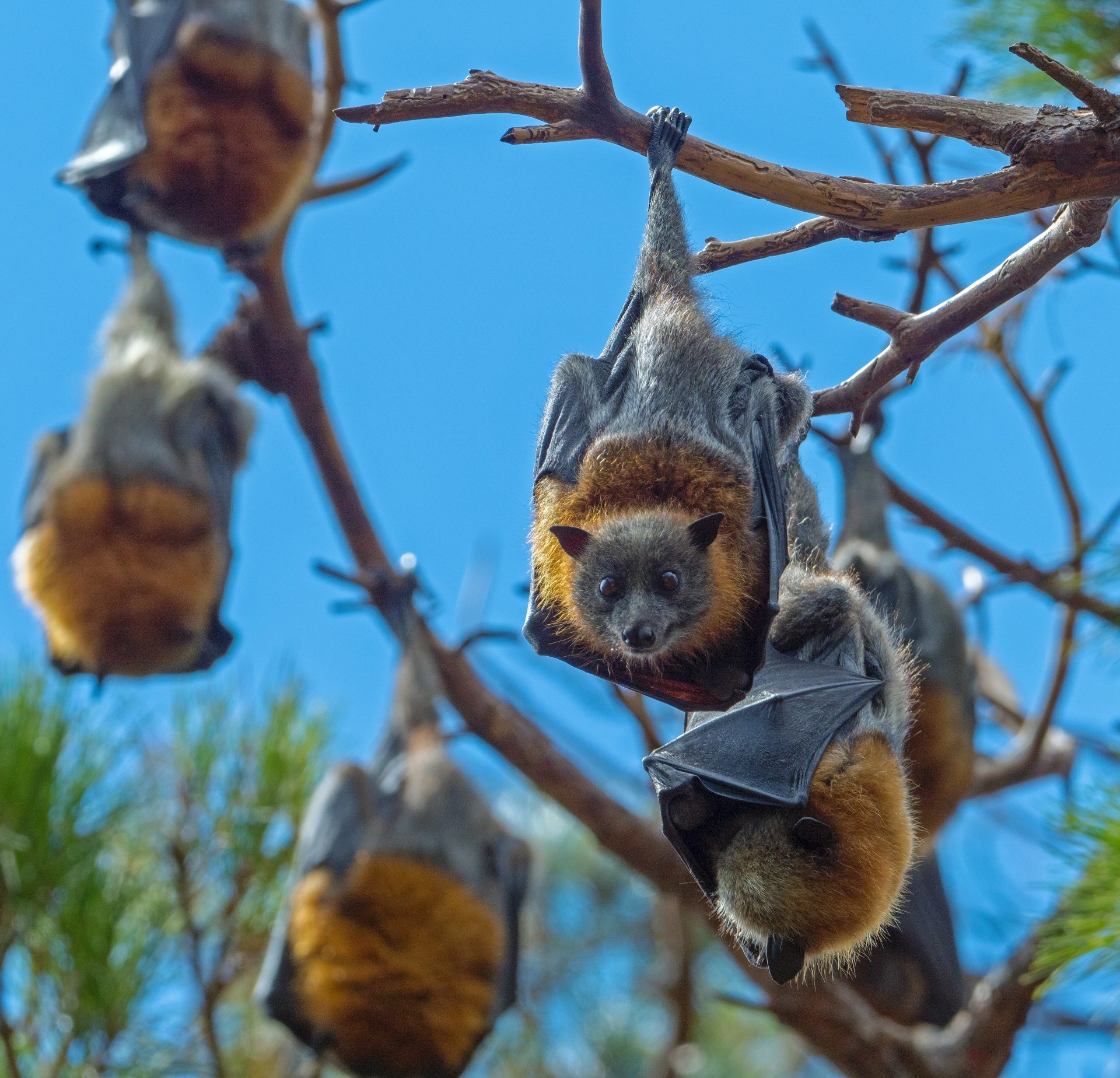
Photo courtesy of René Riegal/Unsplash


Photo courtesy of René Riegal/Unsplash
A University of Oklahoma professor is leading a team that uses artificial intelligence to better understand bat populations and predict betacoronavirus transmission to humans.
Betacoronaviruses include the viruses responsible for SARS and COVID-19. While the origins of COVID-19 aren’t fully understood, bats are thought to be a suspect.
Daniel Becker, an assistant professor of biology at OU, works with collaborators around the world to develop AI models that use ecological information to more accurately predict bat populations that could carry viruses.
Becker said existing statistical models generate highly uncertain predictions because they don’t factor in things like bats’ diet, body size, where they are in the world or other biological characteristics. The team’s AI models, however, predicted over 400 bat species that could be undetected hosts of betacoronaviruses. He said the AI works similarly to shopping on Amazon.
“You look at a bunch of different items, and those items have some kind of underlying characteristics,” Becker said. “What the algorithm does under the hood is say, ‘This person has looked at items A, B, C — those have certain characteristics. So based on those characteristics, we’re also going to identify another set of items that you should look at.’”
Becker said the results of the study doesn’t mean people should be afraid of bats, but humans need to stop encroaching on their habitats. In the interest of wildlife and people, he said humans should be much more careful about disturbing these delicate ecosystems.
“You can’t get transmission from any animal to a human without contact between those animals,” Becker said.
The study is part of an international research effort called the Verena Consortium, which works to predict which viruses could infect humans, the animals that host them and where in the world they can emerge. More information on the project is available here.